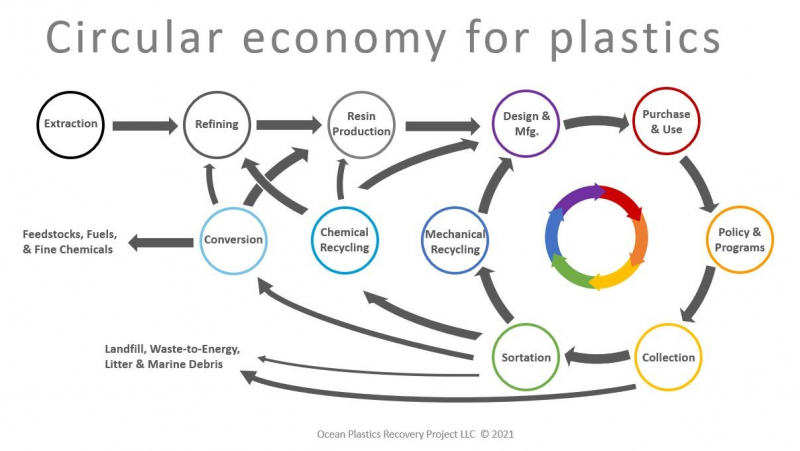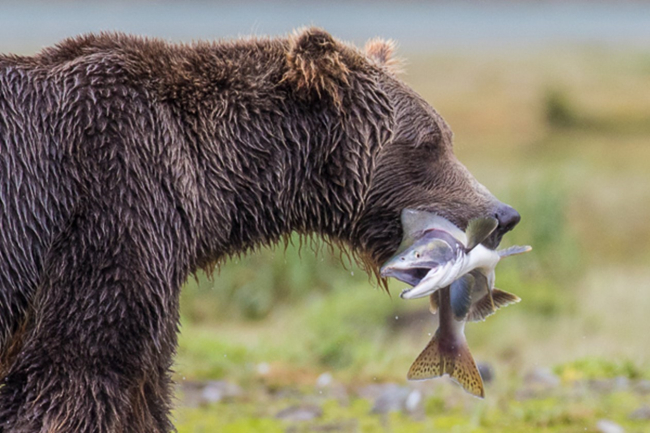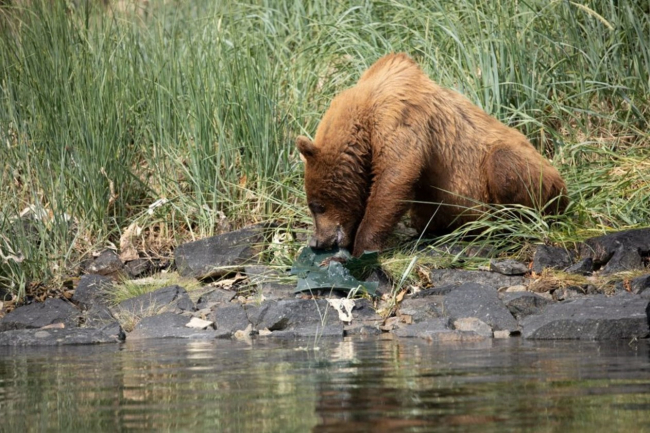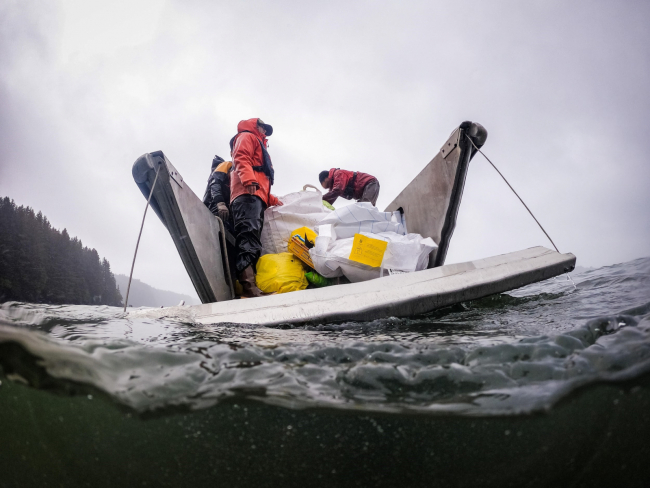Guest blog by: Andy Schroeder and Scott Farling, Co-founders of the Ocean Plastics Recovery Project

On June 28, 2021, the Ocean Plastics Recovery Project (OPR), in partnership with the NOAA Marine Debris Program, will lead a team of scientists, students, artists, and plastics recycling and recovery experts on the first of several marine debris cleanup expeditions to Katmai National Park in Alaska.
OPR Co-Founder Andy Schroeder has been visiting the park for 20 years, and in 2015 he assisted with a marine debris cleanup of Katmai led by the National Park Service. For Schroeder, who regularly takes visitors into the park, the inspiration to organize a large-scale cleanup of Katmai came after seeing several of Katmai’s world-famous brown bears gnawing on, and possibly ingesting, ocean plastics during the summer of 2018.
Collectively, the cleanups, planned for 2021-2022, will be the largest marine debris removal effort in Katmai to date. This project is made possible with support from the NOAA Marine Debris Program. Over the life of the project, OPR plans to conduct a series of 4-6 vessel-based cleanup expeditions to Katmai. Our goal is to remove over 25 tons of ocean plastics from the marine environment and improve approximately 500 acres of coastal habitat for the salmon, bears, and all wild inhabitants of the 4,000,000-acre park.
The numerous bays in which our work will take place are geographically isolated from the roads and infrastructure that connect park headquarters to the community of King Salmon. Apart from bush planes, the only way to access the Katmai coast is by boat. Our staff and team of volunteers will use the research vessel Island C as a base of operations during our cleanup expeditions and will access the shore and shuttle marine debris with a specially designed landing craft, or a small boat.
In addition to our cleanup and habitat restoration work, OPR Co-Founder Scott Farling will oversee our research efforts to develop sustainable reuse, recycling, and recovery solutions for ocean plastics with a goal of returning these materials to the circular economy. This work is an essential element of our mission and is expected to contribute to improved environmental outcomes for cleanups around the world. OPR will focus on characterization, sorting, and pre-processing, while our research partners at Western Washington University and Oregon State University focus on mechanical recycling and conversion technologies, respectively.

Perhaps most importantly, over the next two years, our expeditions will take a select group of university and high school students on a once-in-a-lifetime adventure to one of the frontlines of the global ocean plastics crisis – the remote Alaska coastline. It will be an opportunity to see firsthand the enormous scale of the crisis, the impact that marine debris has on the environment and wildlife, the risk associated with delaying cleanup action, and the need for prevention efforts. It will also provide a sense of purpose when our university students return to their research laboratories, and we hope it will serve as inspiration for high school students to become the environmental leaders and stewards of the future.





This is an exemplary program, from what I can see in this blog post and on the website for Ocean Plastics Recovery. The way it's described here, OPR takes the very important next step (after removal from the environment) to figure out what the heck to do with the material once there is this massive pile of plastic debris (aka waste) sitting in front of us. Apart from repurposing for artistic ends, or reusing as fishing gear, there are typically not a lot of options for ALDFG and other plastic debris, beyond incineration. I hope they get some good results in the lab. Good luck!